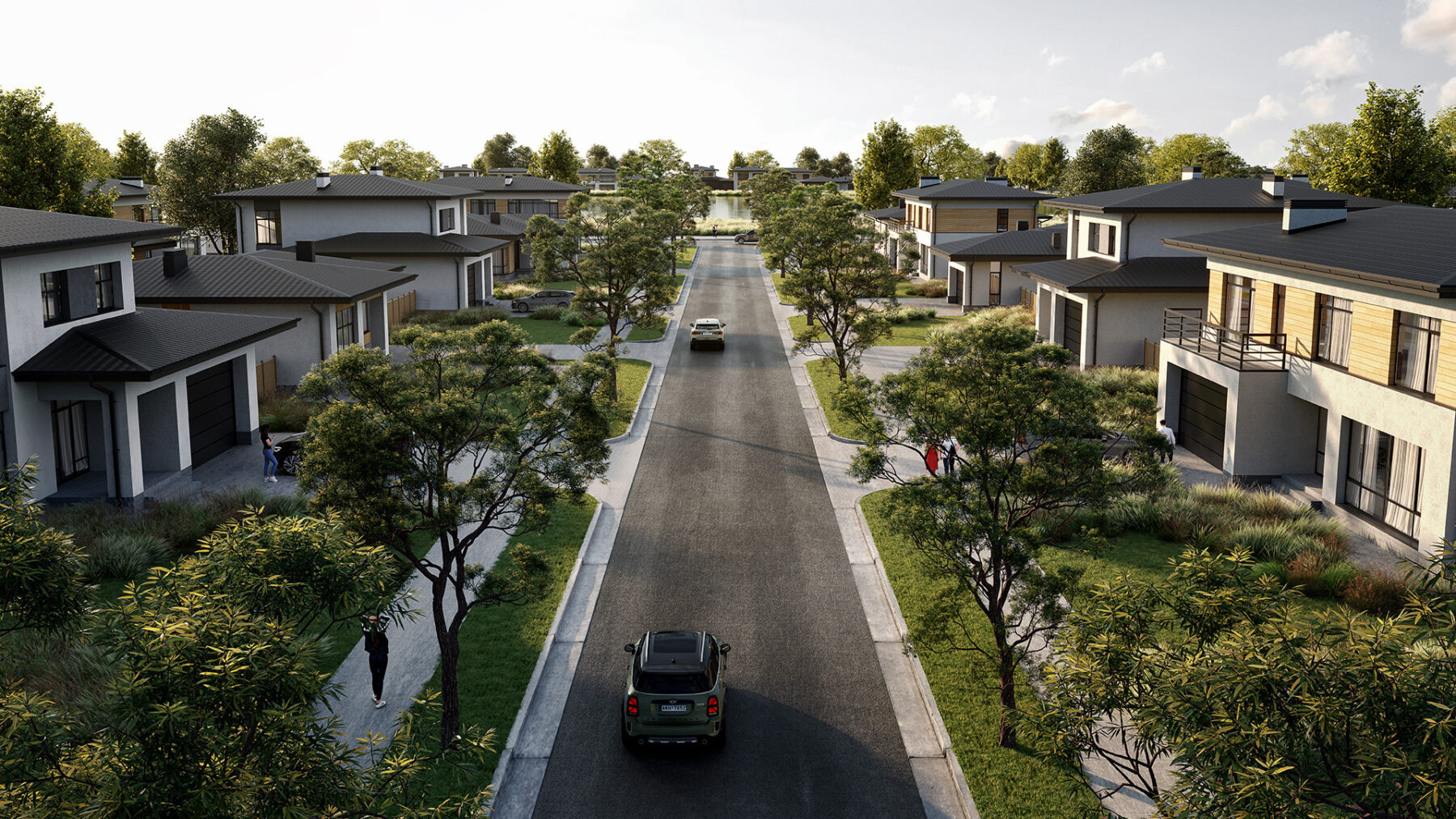
By Kunal Sawhney
Housing prices in Australia have gone on a perpetual hike in the COVID-19 era, breaking all records of the last two decades. Even as housing affordability remains a major concern, the Reserve Bank of Australia (RBA) has held its ground on the decision to keep interest rates at near-zero levels. Despite RBA’s decision to keep interest rates low till 2024, the Treasury officials believe that housing prices could flatten out soon.
Property prices have shattered all expectations that took shape during the early days of the pandemic. Last year, many experts predicted that the housing sector would be hard hit by curbed consumer spending during lockdowns, and housing prices would eventually crash down. However, the central bank’s rate cut decision and other expansionary policies changed the game completely for the property sector.
Good Read: Australian property market going wild: Boom or Bubble?
In fact, the uncertain nature of the pandemic has created the need for governments and central banks to improvise at each step with appropriate policies. Moreover, it seems imperative for the RBA to navigate through the opposing winds of slowing economic activity and heightened housing demand to control the current property boom.
While the central bank has not yet taken any major decision that can potentially pull the brakes on housing prices, some factors are enforcing the belief that the current property boom could be temporary:
Disconnected from reality
One does not have to be a property sector expert to notice that housing prices in Australia have taken quite an unusual trajectory over the last few months. The rapid jump in housing prices has been a telltale sign of the property market being a long way off from reality.
Rising prices have created a bubble that seems distant from a reasonable hike in prices that could be expected in the current demand-supply conditions of the housing market. Additionally, incomes have not shown such drastic upward movement like property prices in such a short period. Thus, with no substantial data backing the current price surge, some experts predict that the inflated price levels will sooner or later boil down to their actual value.
Meanwhile, government policies aimed at increasing spending have further pushed housing prices to new highs. Therefore, once the economy recovers its lost ground and the COVID-19 support is completely withdrawn, housing prices will possibly experience a gradual fall.
APRA’s move can ease price pressures
The Australian Prudential Regulation Authority (APRA) has recently used a masterstroke to calm the haywire property market. The prudential regulator has increased the minimum interest-rate buffer that lenders need to account for when assessing home-loan applications. Under the new guidelines, individuals seeking new mortgage approvals would have to provide evidence that they can sustain an interest rate hike of at least up to 3 per cent.
The move is likely to reduce the ongoing mortgage rollout and ensure that mortgages are not given to borrowers with a risky credit history. Moreover, APRA intends to reinforce some stability in the financial system through its rigid stance on lending.
If APRA’s decision turns fruitful over the medium-term, it could eliminate a major proportion of potential buyers from the market. Besides, it can make it more difficult for first-time homebuyers to get a mortgage while limiting their maximum borrowing capacity.
No potential rate cuts
With no further possibility of rate cuts, experts are hopeful that soaring demand for the property will soon cool off. With demand-side factors tapering off, a major burden is likely to get eased off from the central bank’s shoulders with respect to the housing sector.
Additionally, housing grants such as HomeBuilder has further strengthened the demand for property. Therefore, with no such grants being available in the current context, prices are more likely to move lower, though their decline may be slow. On the contrary, supply constraints continue to affect the property sector and could potentially take longer to resolve than other factors.
Overall, policy experts are counting on current market conditions, which they expect will improve as restrictions ease and consequently provide some relief to the housing sector. With the cash rate unlikely to increase before 2024, the RBA may resort to other regulatory tactics to bring property prices closer to their actual value.
All in all, historical events are a testament to the fact that inflated prices do not survive in the market for long. The responsibility for ensuring that property prices do not face a hard landing lies on the shoulders of policymakers. Thus, gradual credit tightening and less scope for rate cuts could make the present housing boom temporary.



